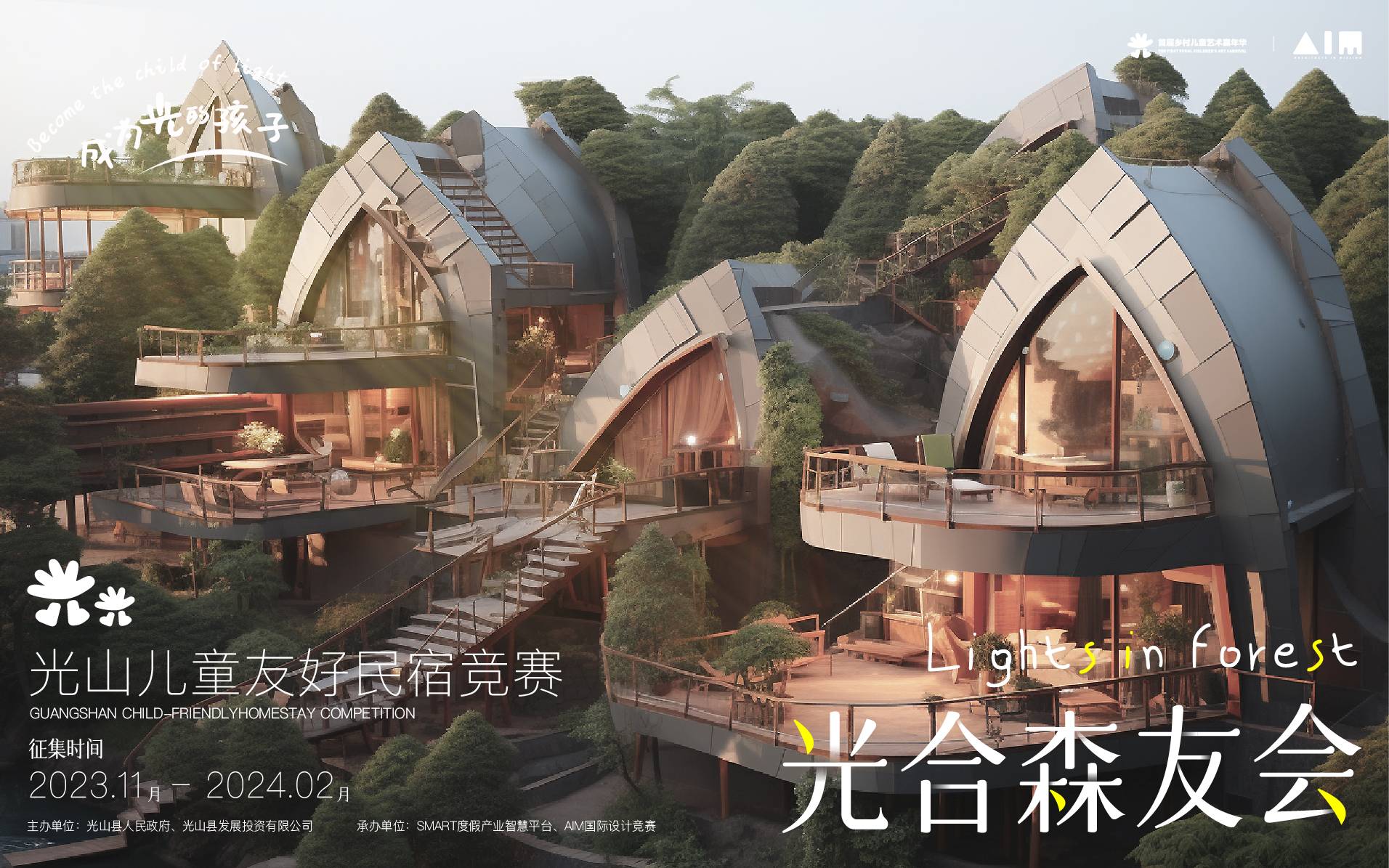Guangshan Children-Friendly B&B Competition Official Q&A + Highlights of B&B Brand Owners Sharing Session

TOP NEWS
Top Brands in Rural B&B Gather in Guangshan:
Sharing Collective Wisdom in Architecture and Operations
Exploring the Infinite Possibilities of Child-Friendly Cities
On November 30, 2023, to build a cluster of child-friendly rural homestays in Guangshan, activate new dynamics between local economies and co-creation, and enhance the influence and visibility of the Guangshan Child-Friendly Rural Homestay Competition, the AIM organizing committee gathered top experts in rural homestays in Guangshan. The committee conducted on-site inspections and held a b&b brand sharing event at the Guangshan Aviation Camp to further understand the background of the competition and the current situation in Guangshan. They also shared insights into Guangshan's characteristics, unearthed its inherent potential, and explored more possibilities. Following the success of the first Guangshan Rural Children's Art Carnival, the homestay competition aims to "renew" connections and witness the transformation of the city.

01.
On-Site Inspection:Exploring the Original Mountainous Terrain of the City
The inspection team departed from the County Party School, conducting inspections and visits to Dongyue Village, Nanwanggang, Aviation Camp, City Music Hall, Integrated Media Center, and Cultural Center. The AIM organizing committee, along with leaders from the development and investment company, County Propaganda Department, Hongxuan Center, and Tourism Bureau, visited traditional villages with tourist destinations, exploring the origins of "Huagu Drum, Ancient Fang Dongyue," the city's "green lung," stone ditch channels, temple old trees, quaint homestays, and buildings naturally nestled amidst mountains and rivers. In the current environment of rapid urban development, this peaceful sanctuary is preserved for lakes and forests.
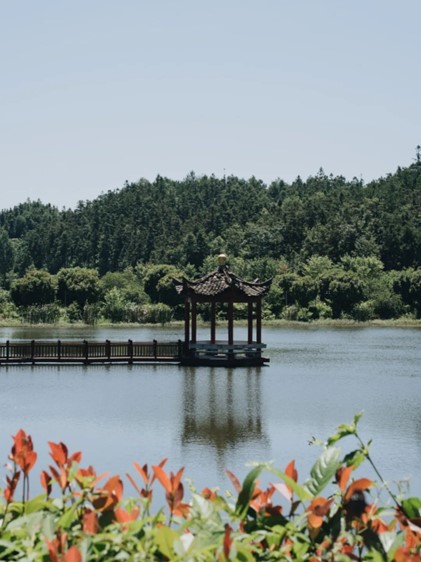
02. Guangshan Sharing Event Gathers Top Homestay Brands to Explore the City's Development Path
![]()

![]()
Wang Xu
Secretary-General of the SMART Vacation Industry Expert Committee
Chairman of the AIM International Design Competition Organizing Committee
Executive Deputy Dean of Boao Cultural and Creative Institute
Wang Xu introduced the current situation in Guangshan and the background of the Guangshan Child-Friendly Rural Homestay Competition, sharing domestic and international child-friendly case studies. He also outlined the vision for the future of Guangshan.
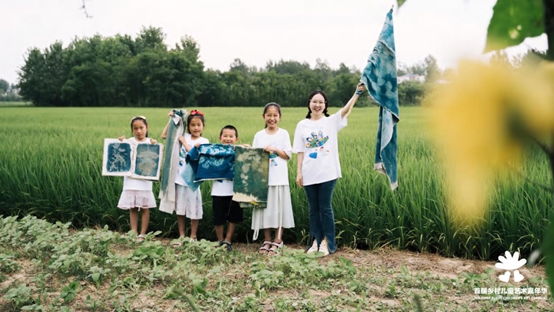

Building Guangshan into an international child-friendly city has three goals:
1. Create a child-friendly city brand to enhance the happiness index of residents.
2. Consolidate channels for co-creation and introduce new formats.
3. Make Guangshan the preferred destination for parent-child leisure in the central China region.
The Guangshan Child-Friendly Rural Homestay Competition, named "Photosynthesis Forest Friends Club," aims to recruit and collect ideas from design to operation for child-friendly homestays based on the natural environment and rural conditions of Guangshan.
With the development of child-friendly cities and the growth of experiential learning industries, Guangshan needs to increase construction efforts in hardware and surrounding facilities to achieve a leading homestay cluster in China. The competition invites not only architectural firms but also homestay operators, operation teams, university teams, and individual designers, encouraging them to focus on Guangshan's unique characteristics. The competition is named "Photosynthesis Forest Friends Club" to reflect Guangshan's excellent natural environment and the beautiful meaning of children growing up in a sunny environment. The club symbolizes the future child-friendly accommodation cluster in Guangshan, continuing the slogan of the first Guangshan Children's Art Carnival: "See the Light, Become the Light, Gather the Light," inspiring designers and homestay operators to observe and create in Guangshan, innovate and integrate, and radiate unique energy.
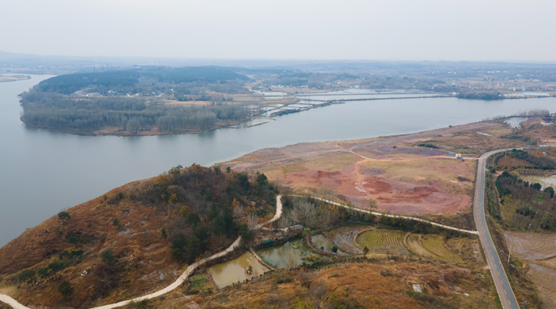
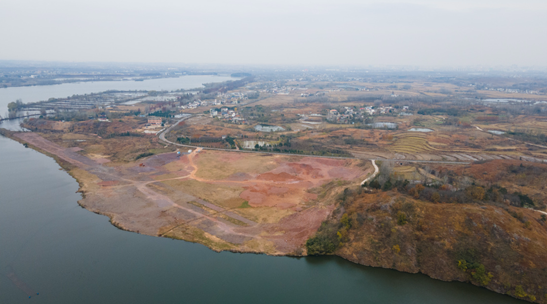
The flying campsite, originally a mining area covering 213.84 acres of vast countryside, is set for comprehensive transformation. The plan is to create a complete and diverse holiday destination by repurposing abandoned mining resources and integrating the construction of the flying campsite. The goal is to turn waste into treasure and establish a cluster of child-friendly themed bed-and-breakfasts, resembling a theme park.
The competition, led by top brands, aims to showcase the profitability of child-friendly rural bed-and-breakfasts in Guangshan under brand leadership. Simultaneously, it seeks to promote self-construction among villagers, guiding them towards entrepreneurship with idle assets, thereby increasing employment rates and elevating the service standards of child-friendly bed-and-breakfasts. Wang Xu expresses anticipation for the competition and hopes for a vibrant future for child-friendly rural bed-and-breakfasts in Guangshan.

Han Yongkun
Founder of the Printing-themed Living Ideation Group
Co-founder of Shuimu Yuan Chuang
Consultant at Rongjiang Culture and Tourism
Han Yongkun presents a theme share titled "In the Name of the Village, Decoding Rongjiang: New Possibilities with 'Heart'." He discusses the "out-of-the-box" approach of the village football super league, originating in Guizhou. By leveraging a football field, the village has catalyzed cultural and tourism development, illustrating a confluence of favorable circumstances. The success formula for the village's expansion involves diverse elements such as vibrant ethnic cultures, widespread enthusiasm for village football, robust promotion through local and official media, and support from higher-level authorities.
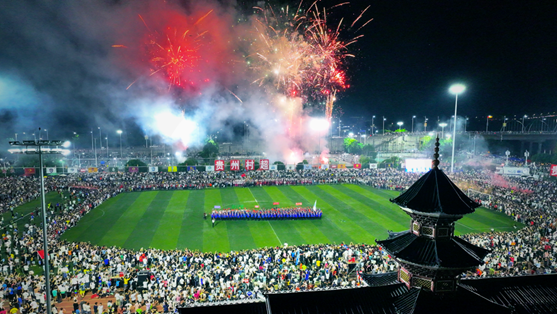
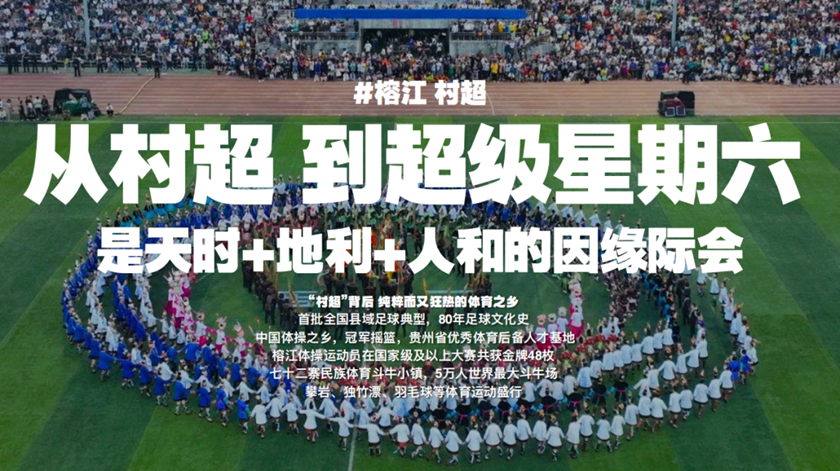
After the success of the village super league, Rongjiang seized the opportunity to transform agricultural products into distinctive offerings. This initiative, coupled with the development of the primary rural tourism road, stimulated the inheritance and development of intangible cultural heritage and handicrafts. The integration of new media and industry contributed to the "new three transformations," empowering the village super league. Han Yongkun emphasizes the importance of having a strong online presence in the contemporary era, considering it the most cost-effective way to start a business.
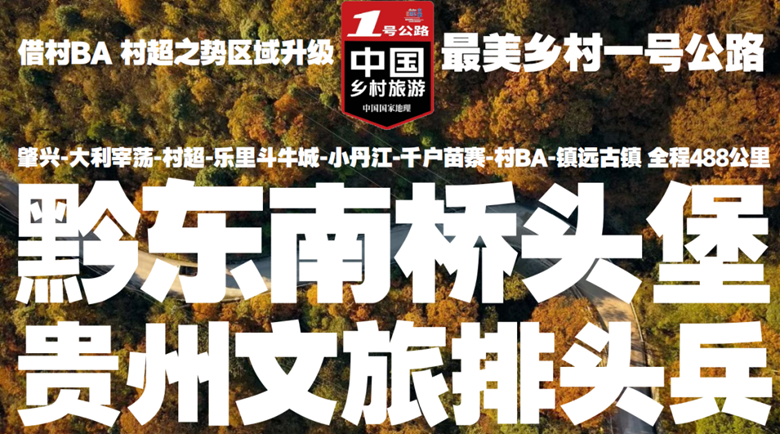
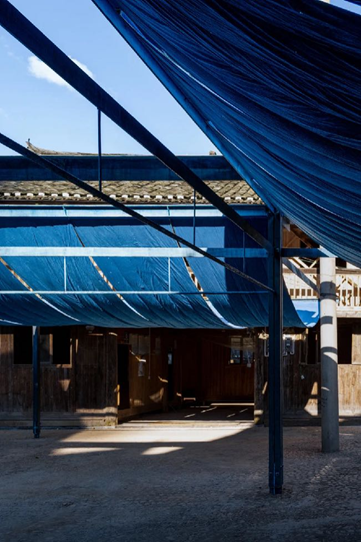
Embracing entertainment, blockbuster thinking, and altruism, Han Yongkun advocates for a balanced approach. Besides constructing tourism destinations, he stresses the importance of philanthropy, protecting and inheriting intangible cultural heritage. He believes that in the current era, projects need to generate traffic, considering it the most economical entrepreneurial approach.
Chen Changchun
Founder of Hidden Retreat in the Countryside
Chen Changchun delivers a theme share titled "Development Path of Rural Tourism with Operational Prepositioning." In 2015, he noticed the abundance of idle rural houses in China, prompting a shift in focus to the development and operation of idle rural houses. He emphasizes the importance of operational prepositioning in rural revitalization, suggesting that understanding and communicating with the villagers is crucial for successful and high-quality project implementation.
Chen Changchun argues that in recent years, many places have adopted large-scale traditional models for rural tourism and revitalization, neglecting the value of operation. Operational prepositioning involves understanding and planning the development direction of the rural tourism industry with the joint efforts of operators, investors, and the government.
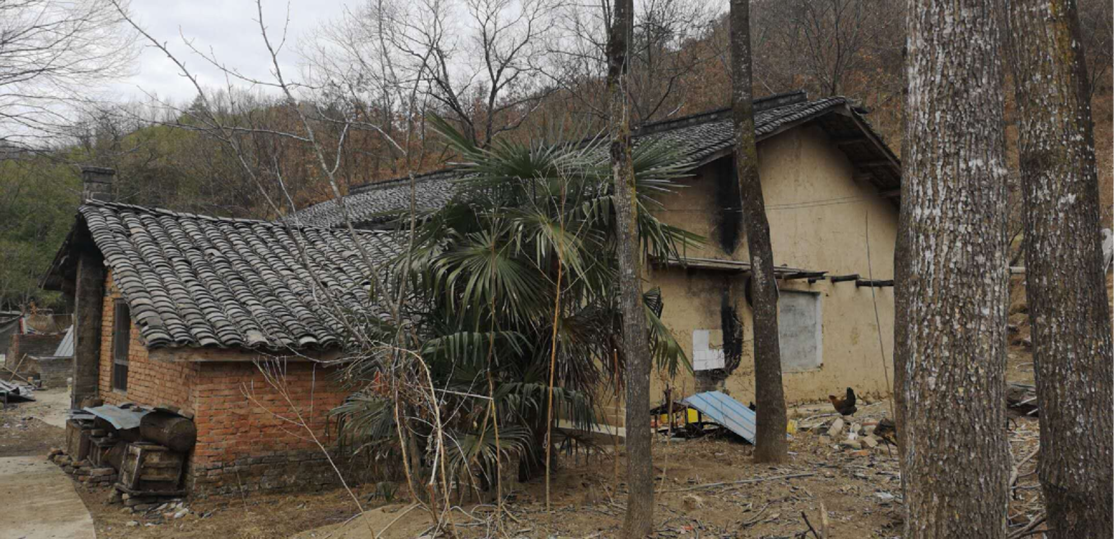
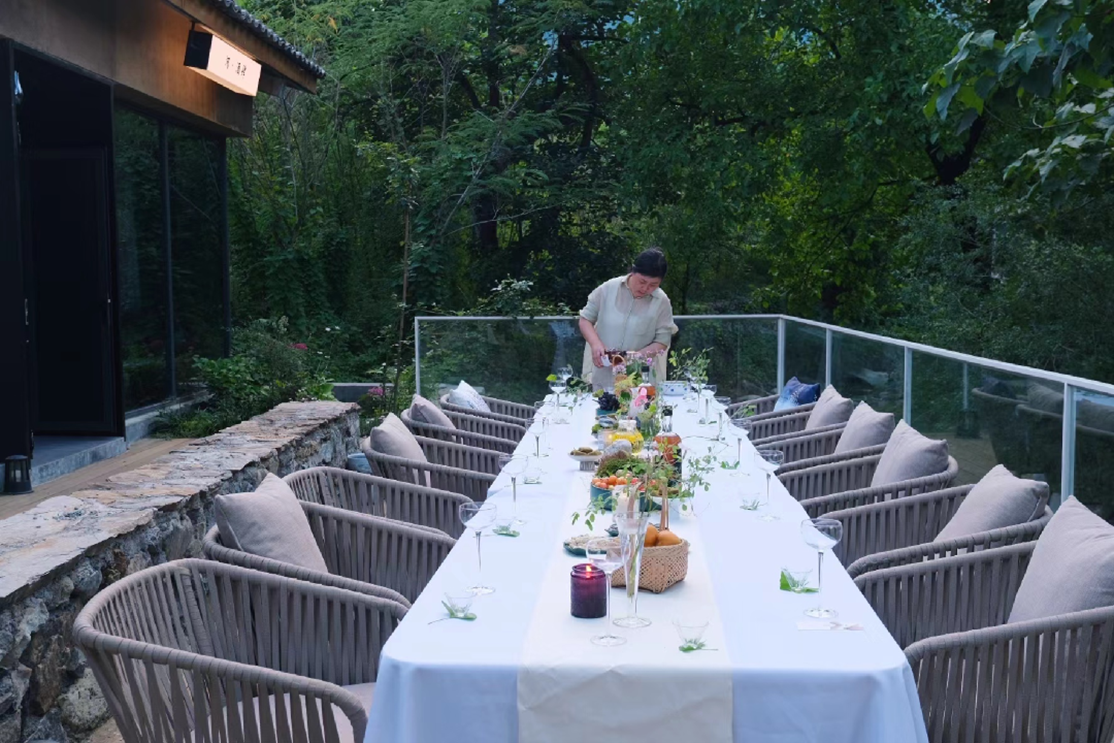
Following the principles of light assets, light operation, and youthful approaches, Chen Changchun advises against heavy investment, emphasizing the importance of mastering self-media tools for low-cost dissemination. He encourages operational prepositioning, emphasizing a holistic perspective and focusing on model projects.
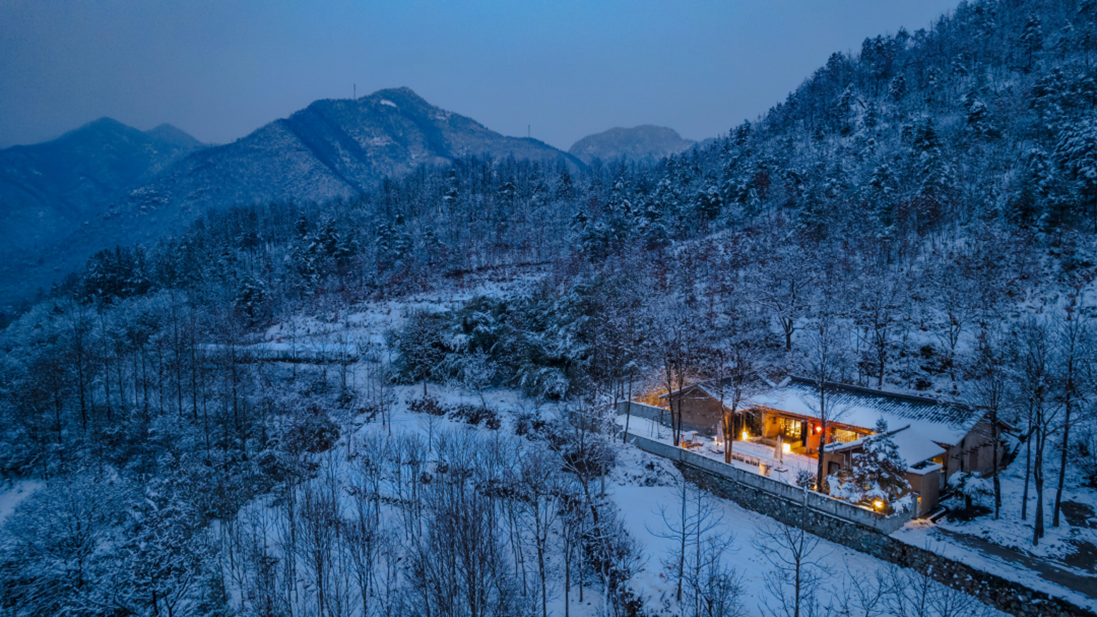
Following the principles of light assets, light operation, and youthful approaches, Chen Changchun advises against heavy investment, emphasizing the importance of mastering self-media tools for low-cost dissemination. He encourages operational prepositioning, emphasizing a holistic perspective and focusing on model projects.
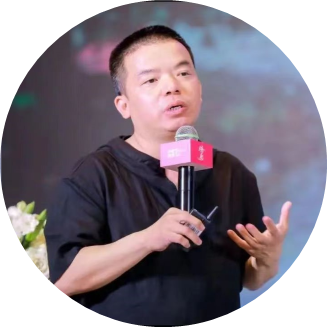
Wang Qiu'an
北京安哲建筑设计有限公司创始人
Founder of Beijing Anzhe Architectural Design Co., Ltd.
Vice Chairman of the Rural Revitalization Forum
Wang Qiu'an presents "Practices in Rural Construction with Villagers as the Main Body," delving into rural revitalization and practical experiences. As the founder of Anzhe Architecture, he has been deeply involved in rural construction, conducting numerous projects in villages across several provinces.
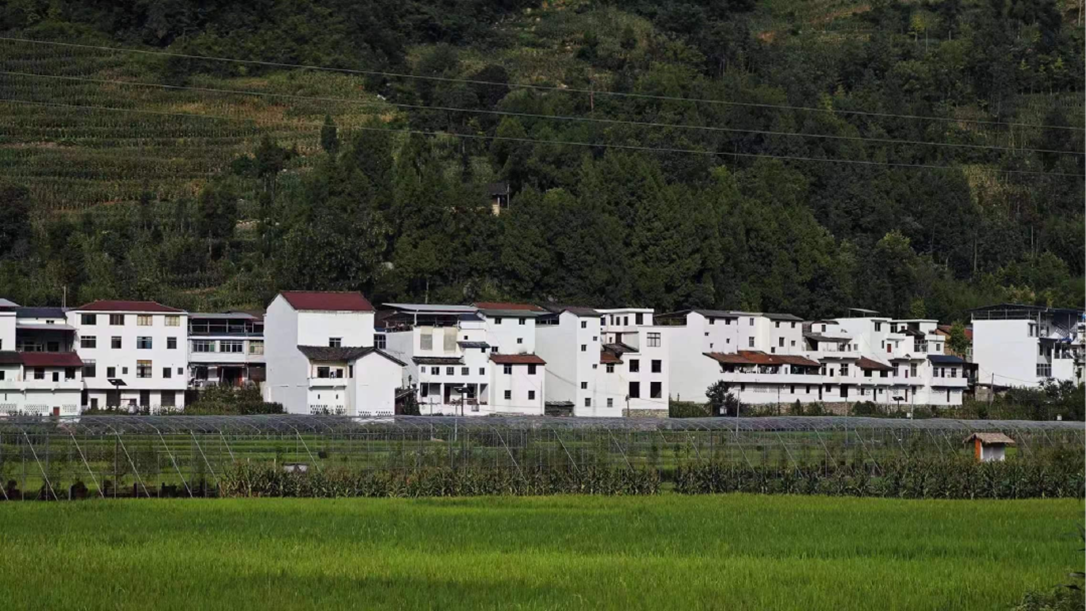
Wang Qiu'an believes that rural construction differs from traditional models involving extensive government intervention and large-scale real estate development. It requires continuous understanding, communication, and collaboration with villagers for smooth and high-quality project progress.
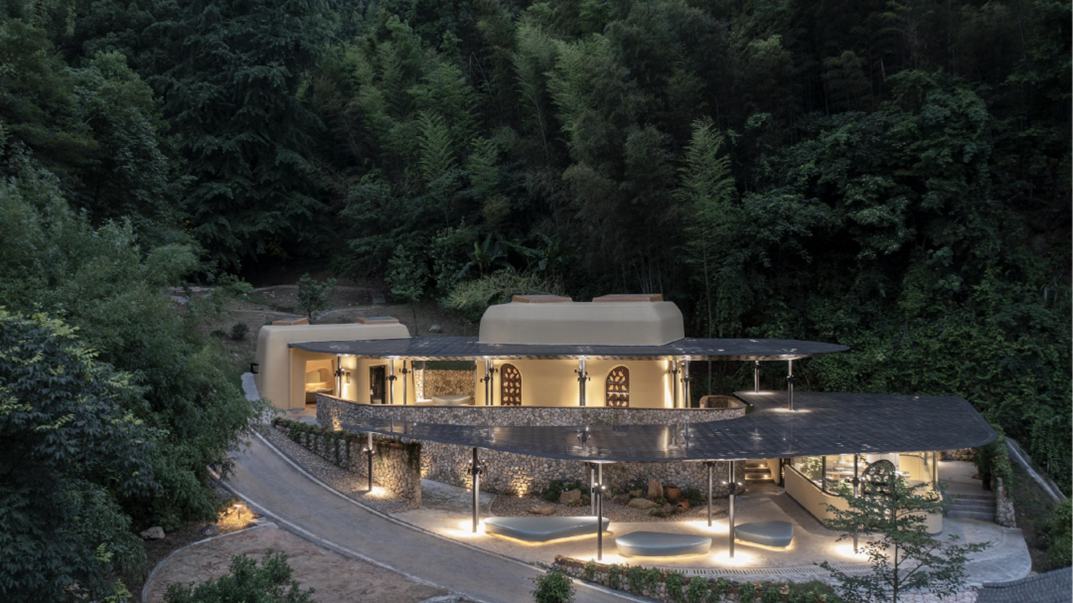
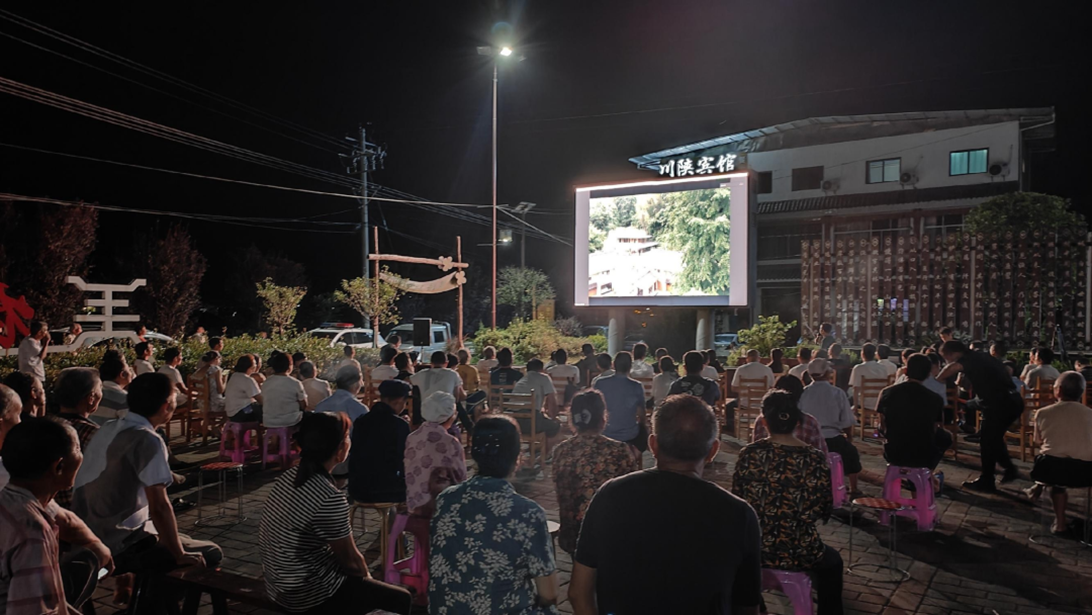
The renovation of homes relates to the direct interests of villagers, and each household has different perspectives and demands. The key is to respect individual opinions, respond to personalized needs, and adopt a "one family, one communication; one household, one design" approach to ensure villagers' satisfaction.
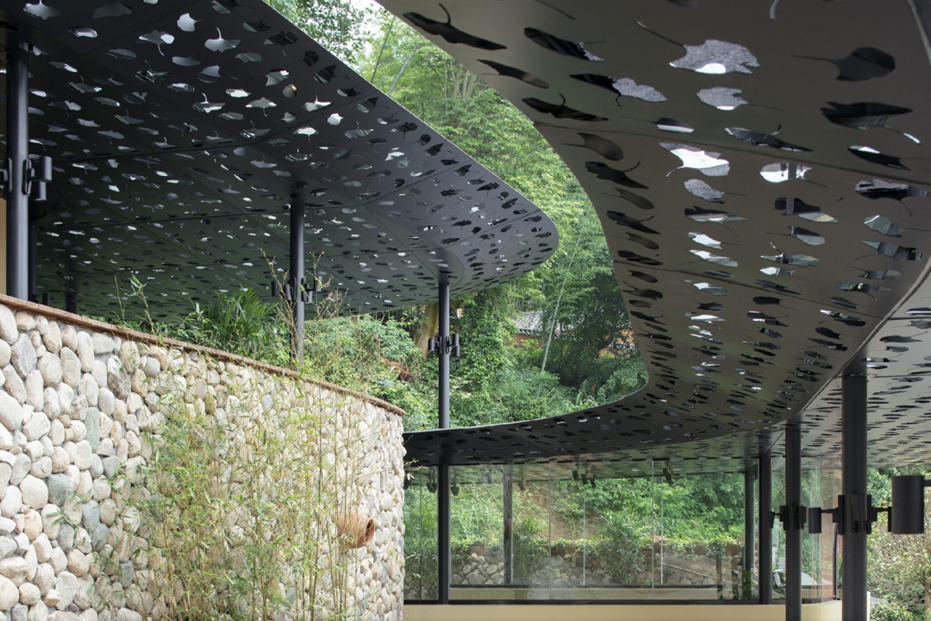
In the context of "land finance" becoming unsustainable and the background of "demolition for wealth," allowing villagers to construct their homes enhances feasibility. The approach of making villagers the main body in rural construction activates their vitality, financial strength, and industrial power, achieving sustainable revitalization.
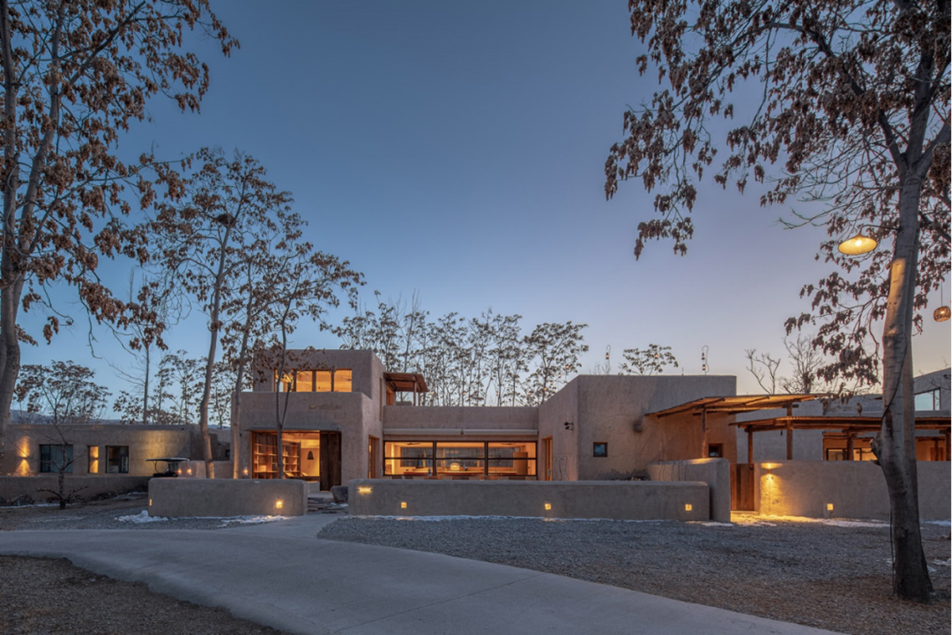
Due to the impact of urban values, farmers lose confidence in themselves. Wang Qiu'an emphasizes the importance of helping them regain their self-worth, recognizing individual shining points.
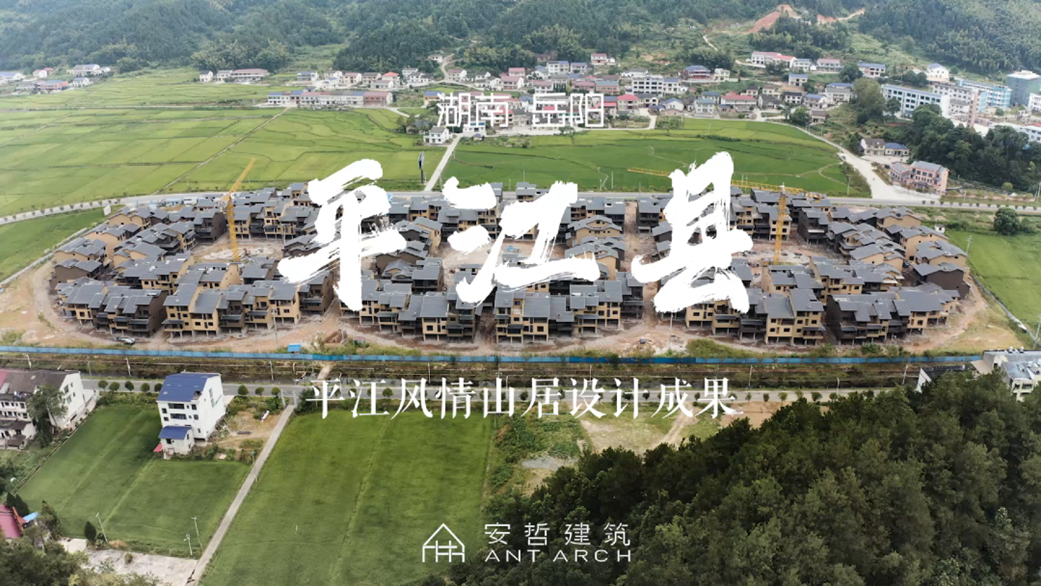
In the town of Fushoushan in Pingjiang Fengqing Mountain Residence, Yueyang City, Hunan Province, most residents are immigrants from the mountains. They are primarily concerned about their future livelihoods. The main focus is on attracting tourists to the commercial street in the resettlement area. The key consideration is to establish a rational commercial flow and distribution of businesses, ensuring there are no dead ends and providing equal opportunities for each household. Therefore, in rural planning, it is essential to prioritize fairness and justice, which carry multiple meanings in the countryside. Apart from the distribution of financial wealth, villagers may place more importance on equal development opportunities.
NOW ATTENTION
I.OFFICIAL Q&A
Q1: Is there an entry fee for the competition?
A: No, there is no entry fee. Participation in the Guangshan Children's Friendly Guesthouse Design Competition is free, and your design passion and talent are your entry tickets.
Q2: Is it mandatory for designers and guesthouse owners to form teams to participate?
A: Yes, as the goal of this competition is implementation, and the submission involves a business plan for guesthouse operation, we encourage designers to team up with guesthouse owners. If an individual can fulfill all the submission requirements and has the capacity for later operations, they can participate individually.
Q3: Regarding the cooperation during and after the construction phase, will the winning team independently operate or only provide guidance for guesthouse operation planning?
A: The winning team will have the opportunity to discuss business cooperation with the government and sign an operating agreement. Subsidies will be provided according to the contract terms.
Q4: Is the guesthouse owner the future investor?
A: "Guesthouse owner" is a collective term in this competition referring to guesthouse operation talents. It can be a collaboration between investors and operators or an operator with investment capability. After the competition, there will be subsidies for landing, and the team needs to have certain investment capabilities.
Q5: Are government subsidies during the construction phase only for building or also for operational planning? Do we need to bring our own construction team?
A: Landing subsidies are mainly for hardware construction, and detailed discussions with the government will follow later. The construction team will be designated by the operating party after signing the agreement.
Q6: Can the organizers recommend potential guesthouse brand managers to form teams with design firms?
A: We will facilitate connections through online and offline community activities, fostering collaboration between designers and operators for mutual learning and potential future partnerships.
Q7: Who will own the property rights of the future guesthouse? What is the collaboration model between the government and the guesthouse manager after the guesthouse is operational?
A: According to current laws, rural residential land ownership remains with the villagers, and the operating party has corresponding usage rights. State-owned construction land ownership belongs to the state, and the operating party has corresponding usage rights. Specific collaborations can be discussed with the government platform company after the competition.
Q8: Regarding the competition awards, how will the prize pool of nearly 150,000 RMB be distributed?
A: First Prize (1 winner): 50,000 RMB; Second Prize (2 winners): 30,000 RMB each; Third Prize (3 winners): 10,000 RMB each; Best Popularity (1 winner): 10,000 RMB. The aim of the competition is to bring excellent guesthouses to Guangshan, and the government will provide construction subsidies based on a standard of 1,000 RMB to 3,000 RMB per square meter for the building area (subject to the signed cooperation agreement, in stages).
Q9: If we do not participate in the competition but choose to invest directly in designing a site, what are the policies?
A: Teams not participating in the competition but wanting to invest directly can negotiate directly with the government platform company but will not enjoy competition subsidy policies.
Q10: If we do not win but still want to implement the design, are there other policies?
A: Teams not winning awards but still wanting to invest in Guangshan guesthouses can further contact the government platform company, and we will provide guidance and incubation support in design and operation.
Q11: How to register for the competition?
A: Scan the QR code below to enter the official website and register for the competition. Get detailed information on the Guangshan Children's Friendly Guesthouse Design Competition, including award settings, design task book, basic design materials, and submission requirements.
Q1: Is the design site vacant land?
A: Currently, it is vacant land, state-owned construction land. Downloaded materials include planning documents and site drawings.
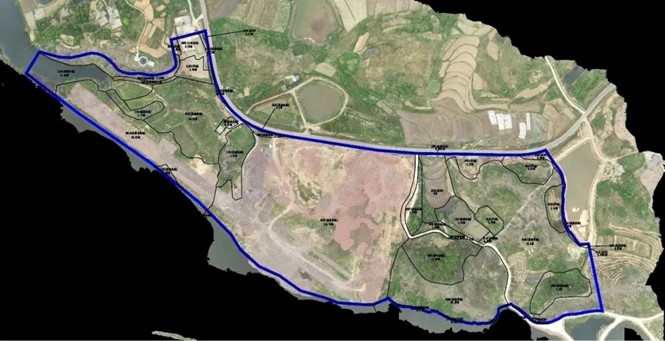
Q2: In the design brief, it mentions "directional design for the aviation camp." Can this be understood as needing an overall planning and design for the aviation camp? Can you provide key points for land use planning within the red line range? It's necessary to clarify the available land for construction to facilitate guesthouse location selection.
A: Yes, the design team needs to plan and design the entire site. Key points for land use planning and upper-level planning will be provided on the official website. Currently, all areas within the red line are available for construction.
Q3: Do we need more on-site photos and videos of the land?
A: Materials such as drawings for the competition site are available for download on the "AIM Official Website - Guangshan Children's Friendly Guesthouse Design Competition and Light and Forest Friends Association." The organizing committee will provide on-site photos and videos for reference later. Participants can also visit the site themselves, and if assistance is needed, they can contact the organizing committee.
OFFLINE WORKSHOP
DATE:23/12-24/12
The workshop activity will soon commence on December 23-24 (Saturday-Sunday). Participants can visit the design site for on-site exploration, discuss design directions and concepts with mentors and other participants, take part in a limited-time design challenge, and share design outcomes. We encourage everyone to actively participate!
WORKSHOP REGISTRATION▼

WECHAT OFFICIAL GROUP▼

小A WECHAT:AIMXMS▼

(备注:光山民宿)

